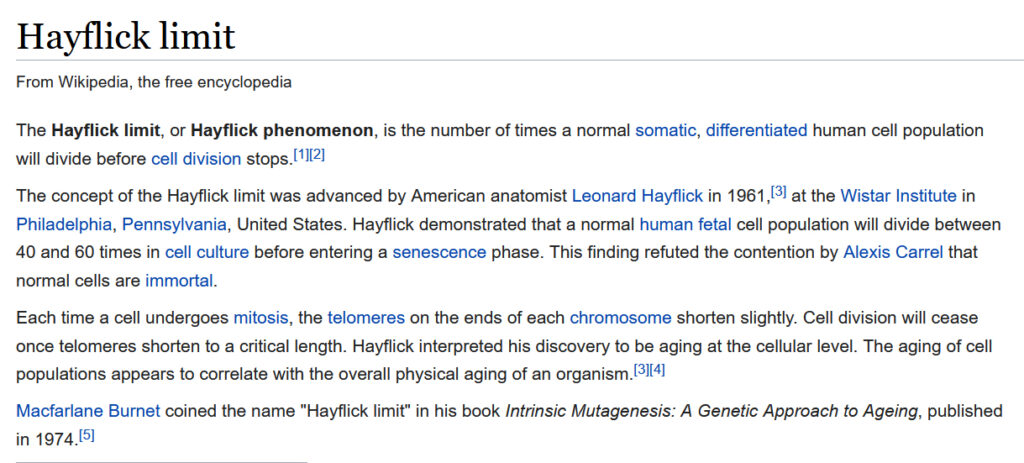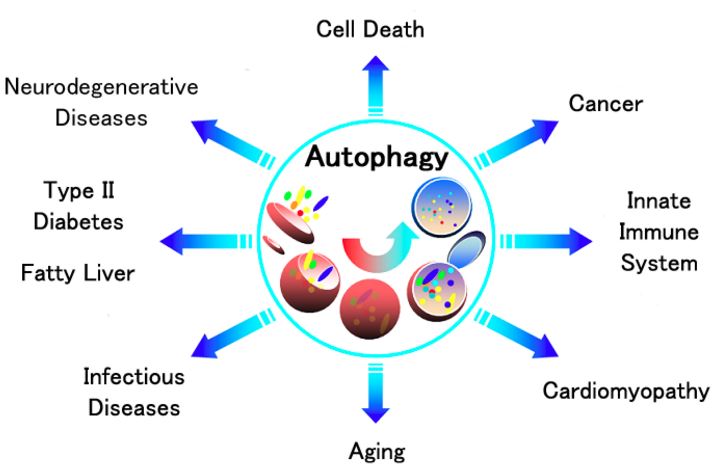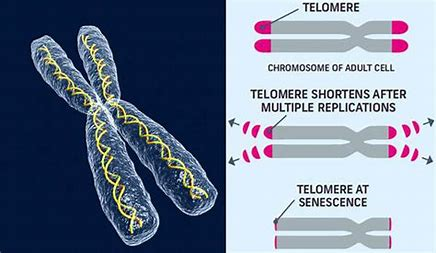If you want to live a better quality and longer life a good starting point is to clear out the ‘rubbish’ – (this means the stress, toxins and inflammation from your brain and body).
Similarly, if you want to maximise your mental, emotional and physical finctioning then the same principles apply – and why wouldn’t they – super healthy is super healthy for everyone at any time!
VFP#0-Coherence will help support you to have a more ‘coherent balance’ between your mind and emotions – and this is your starting point.
Once you are mentally and emotionally clearer and stronger – you are ready for VFP#1-LiCrON/Regeneration – this page focuses on this:
VFP#1 – Will remove toxins and low level inflammation ; it will remove oxidative stress and free radicals; promote calmness, peace and emotional wellbeing; improve feelings of positivity and minimise ageing; balance your hormones and optimise your heart rate variation; reduce blood pressure and lower your cholesterol; increase mental and physical activity; improve sleep and regenerate healthy new cells whilst laying the foundation for optimal performance. It will produce a stronger, fitter and more resilient mind and body and make you feel healthy, strong and happy. WOW – what an opener – find out more . . .

A phenomenon known as The Hayflick Limit, influnces the length of our lives.
We have used Wikipedia to explain this –

In addition to how long we live, it is preferable to have quality in our health and fitness – and this can be best achieved by maximising the way our body processess ‘autophagy’. Autophagy is the controlling factor in dealing with cells that are damaged –
Cell renewal and cell death:

The natural process that cells go through to renew damaged and dead cells is called autophagy. When autophagy is functioning at 100% then bad cells do not remain in the body to become toxic and inflammation is minimised. Instead new cells are produced in a healthy state.
The natural process that cells go through when they end a cell life is called apoptosis. Cells prefer to be renewed via autophagy then be ended by apoptosis.
For further details on the relationship between autophagy and apoptosis please click here.
Any well-being programme that takes into consideration the optimising functionality of autophagy is worth considering. (LiCrON is such a programme). If a health programme does not consider how to maximise autophagy then it is not going to benefit you as much!
Telomeres:
A telomere is a region at each end of a chromosome, which protects the end of the chromosome from deterioration or from fusion with neighboring chromosomes. It is often likened to the plastic end of a shoe lace!

The three main purposes of telomeres are as follows:
- They help arrange each of the 46 chromosomes present in the nucleus of the cell
- They form a protective cap at the ends of chromosomes
- They ensure correct replication of chromosomes during cell division
Every time a cell divides, chromosomes become shorter. Since the ends of the chromosomes are protected by telomeres, the only part of the chromosome that loses bases (about 25 to 200) is the end of the telomere and the rest of the DNA is left undamaged. Without the telomeres, important parts of the chromosome would be lost every time a cell undergoes DNA replication, which is generally around 50 to 70 times. The stretch of DNA that is essential for life would get shorter with each cell division.
Without telomeres, the ends of chromosomes could start fusing together, which would damage the DNA and cause cell death or malfunction and cancer. Since broken DNA is damaging, cells need to be able to sense and repair this damage. If chromosomes did not have telomeres, they would look like broken DNA and the cell would attempt to repair it unnecessarily. This would also cause cells to stop dividing and then cell death.
Telomeres affect how our cells age. Once they lose a certain number of bases and become too short, the cell can no longer divide and can’t be replicated.
Telomere integrity and the elderly:
Evidence suggests that telomere length can be used as an indicator of predicted lifespan. In newborns, white blood cells have telomeres ranging from 8,000 to 13,000 base pairs in length, as compared with 3,000 in adults and only 1,500 in the elderly. After the newborn phase, the number of base pairs tends to decline by approximately 20 to 40 per year. For example, by time a person reaches the age of 40, their telomeres could have lost up to 1,600 base pairs.
Stress, social interaction and telomeres:
Telomeres have been reported to be shorter in individuals exposed to psychosocial stress and in those with depression. (*1)
Certain types of stress affect telomere integrity more than others (*2)
Trauma from war or domestic abuse significantly impact on the integrity of telomeres (*3)
Telomorase:
Telomerase is the most important regulator of telomere length, offsetting or delaying telomere shortening during cell division to maintain the integrity of the genome.
So what can you do to live a better quality and longer life?
In addition to maximising social interaction and close personal relationships – there is another key influencer . . .
Introducing Astragalus – the telomere extender!
Astragalus has been shown to lengthen telomeres and reverse cellular ageing. Telomeres diminish as people get older and thus protection of the telomeres may extend life as well as improve the quality. SF432, and in particular the Astragalus activates an enzyme called telomorase that directly helps prolong the integrity of the telomere. SF432 helps old cells retune to function as they did when they were younger tuning their gene expression to a younger phenotype.
All of these considerations and benefits are available to you when you sign up for LiCrON.
Fully tune in to the insights of VFP#1 – Regeneration.
References:
(*1) – https://www.ncbi.nlm.nih.gov/pubmed/28704801
(*2) – https://www.youtube.com/watch?v=fcmzwo5i3UE
(*3) – https://www.youtube.com/watch?v=2wseM6wWd74&t=10s
(*4) – https://www.youtube.com/watch?v=DV3XjqW_xgU&t=67s
